Temp&Hum 19 Click
R400.00 ex. VAT
Temp&Hum 19 Click is a compact add-on board that represents temperature and humidity sensing solution. This board features the BPS240, a highly accurate relative humidity and temperature sensor from Bourns. This sensor, characterized by its high accuracy (±2% from 20% to 80%RH (±4% over entire humidity range)) and high resolution, provides 10-bit data to the host controller with a configurable I2C interface. The long-term stability and reliability, alongside other features, make this Click board™ ideal for various temperature and humidity-related applications and a vast number of applications ranging from HVAC systems, climate monitoring up to diagnostic and analysis equipment, and many more.
Temp&Hum 19 Click is supported by a mikroSDK compliant library, which includes functions that simplify software development. This Click board™ comes as a fully tested product, ready to be used on a system equipped with the mikroBUS™ socket.
Stock: Lead-time applicable.
| 5+ | R380.00 |
| 10+ | R360.00 |
| 15+ | R340.00 |
| 20+ | R327.20 |

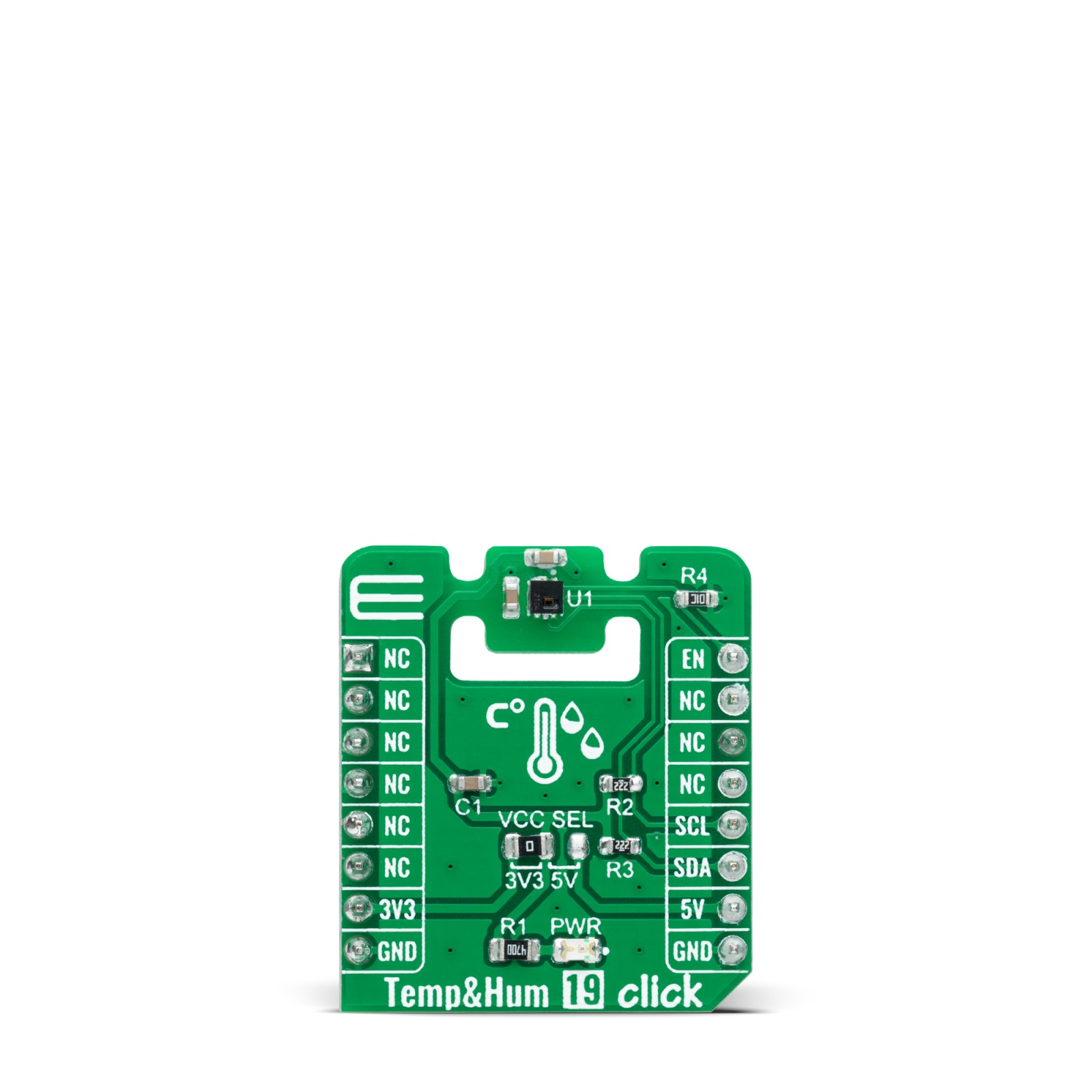
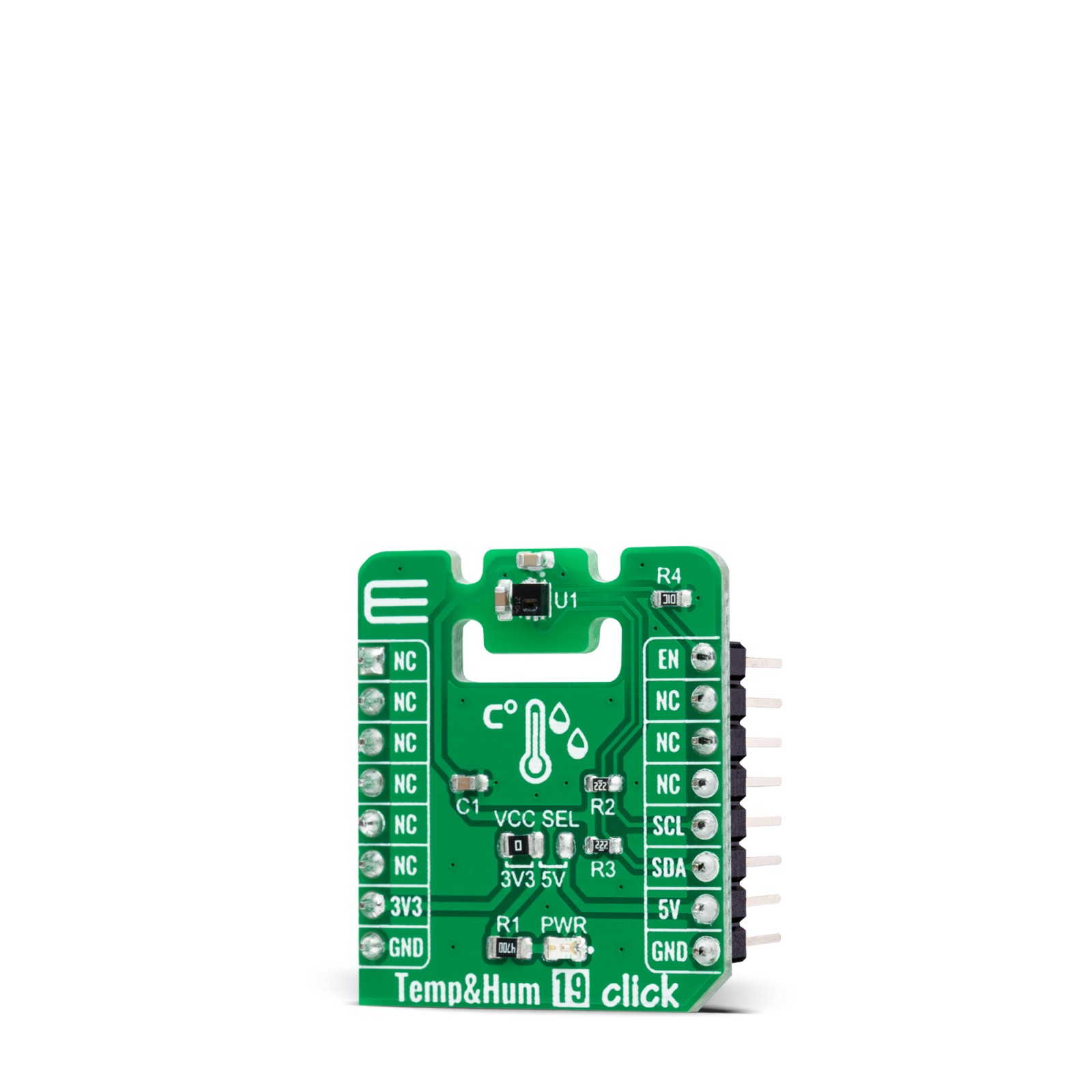


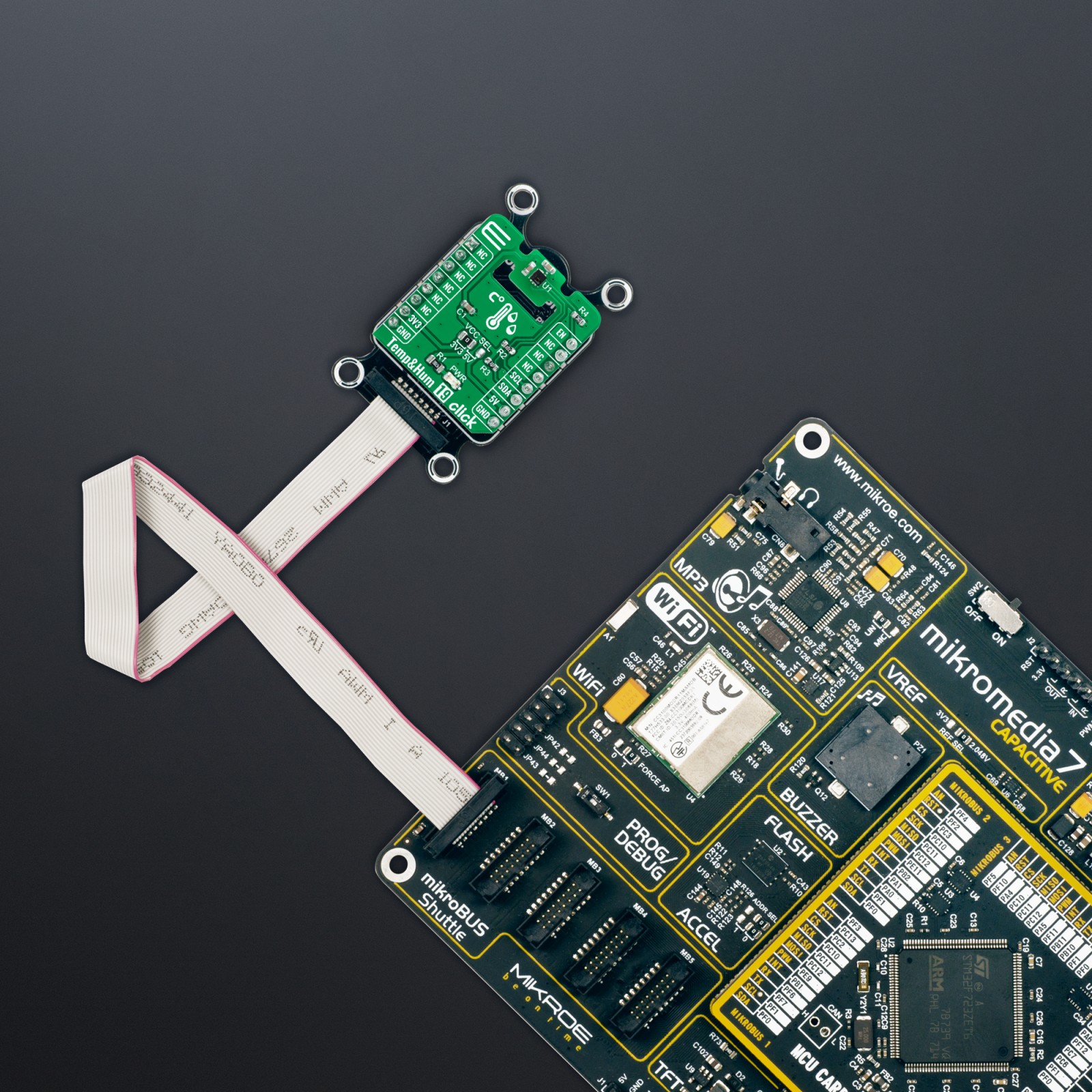

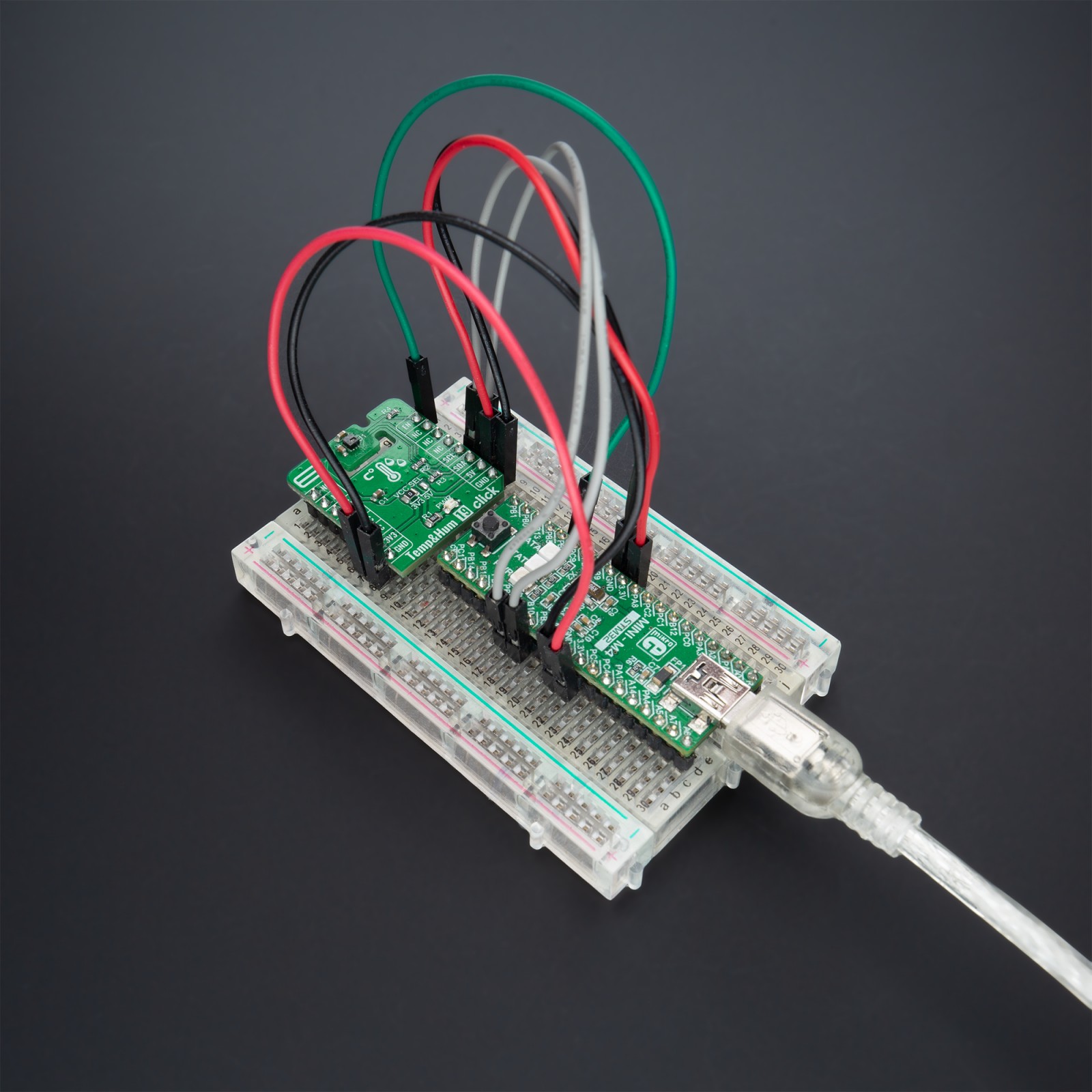

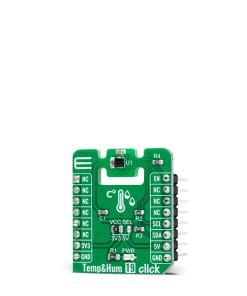

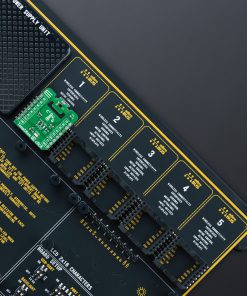
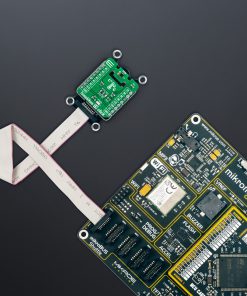
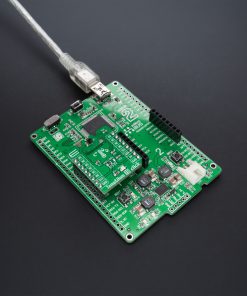
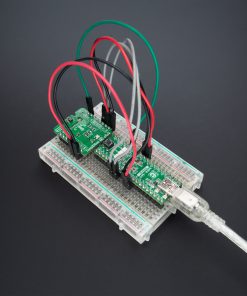
inneri2.jpg)








